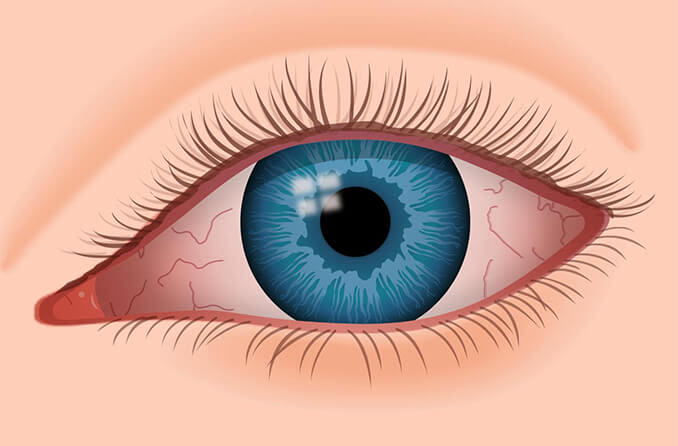At Malaya Optical, we as an optometrist have almost encounter dry eye patient everyday. With certain latest techniques and technologies we able to diagnose, assess and treat dry eye in more efficient way. Below are the few dry eye assessments that we usually apply at Malaya Optical.
This process is made easy by taking a history of patients symptoms, signs and complaints related to dry eyes. By accumulating the potential causes and symptoms of dry eye, eye care practitioner could able to determine the suitable management and treatment for it. Those who are suffering from dry eyes, it is important for you to make an appointment and visit our optometrist.
We will be running out few tests accurately according to your current eye conditions under dry eye assessments. Those who are not aware of having a dry eye syndrome, we also could able to diagnose it start from a comprehensive eye examination. Here, we use few number of strategies and skills to assess the causes and severity of your dry eye condition and from there we will develop a dry eye treatment appropriately.

The very first signs that we able to encounter before even a patient could able to complaint to us about their dry eye is by doing a NIBUT (non-invasive tear break up time) test. The cut off value to distinguish a normal patient and a dry eye patient is 12 seconds in NIBUT test (Vidas Pauk 2019). The easiest way to conduct this test is with auto refractor meter. Once their corneal miars is clearly visible on auto refractor meter, patients can start to blink and hold their blink until they could. Meanwhile, the eye care practitioner requires to count how many seconds does a patient can hold their blink or how many seconds does their corneal miars does not get distorted.
The next clinical examination that an optometrist can do to assess dry eyes is with slit lamp examination. This exam allows our optometrist to screen our eyes in anterior and posterior level. This test is done at microscopic level, by examining the eye health include the eyelids, tear layer, conjunctiva, pupil, iris, lens, sclera, cornea, retina and also optic nerves. It is easy to assess the redness of patients eyes and its severity by using a slit lamp biomicroscopy.
Any debris or dust may cause irritation while we blink and these small particles will move around our tear layer when we blink. Uneven tear layer may cause dry eyes, and moreover dust and debris which move around our tear layer causes additional discomforts.

Evaluation of the tear film and cornea: by putting a drop of sodium fluorescein (a yellow dye) into the eyes which mixes with the tears to give a clearer indication of the quality of tear film, and any signs of corneal damage due to excessive dryness.
Other than that, slit lamp also will help us to measure the tear meniscus which forms as a pool and accumulates at the bulbar conjunctiva in the inferior lid margin. The normal height of tear meniscus is approximately 0.3 to 0.4mm. A measurement scale is done with an adjustable slit beam height.

Do visit your near by Malaya Optical optometrist to get your eyes tested with complete dry eye assessments and managements.



